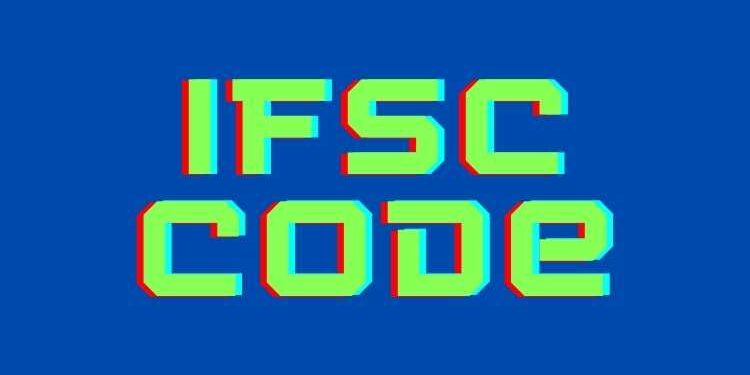Over the past few years, online bank transfers have started to become increasingly common. People have begun to realize its potential and have started to recognize the level of convenience it offers. One of the most important things you need to initiate an online bank transfer apart from the bank account number of the recipient is their bank’s IFSC code.
What is the IFSC code, why is it so important to have the right one, and how do you find out what the IFSC for a bank branch is? If these are a few of the questions that are running on your mind right now, this article may just help you out. Let’s begin with a quick introduction of the IFSC code.
What is the IFSC Code?
The Indian Financial System Code (IFSC) is an alphanumeric code that consists of 11 digits. Every single branch of a bank is allotted a unique IFSC, which basically means that no two bank branches can ever have the same code. Since it is completely unique, it is used in bank transfers as a means to identify the recipient bank branch, thereby preventing erroneous transfers.
What is the Difference between IFSC and MICR Code?
Contrary to popular opinion, the IFSC code and the MICR are not one and the same. They’re two completely different codes used for different purposes. While the IFSC is used for online bank transfers, the MICR, which is a 9-digit numeric code, is used during the cheque clearance process to identify and verify the authenticity of the cheque presented for clearance.
How to Find the IFSC Code of a Bank Branch?
Now that you know the difference between IFSC and MICR code, let’s now take a look at the ways in which you can find out what the IFSC of a bank branch is.
1. Through a Cheque Leaf
This is one of the easiest ways to find the IFSC of your bank’s branch. Every single cheque leaf will carry the IFSC code of the branch in which you have your account. So, all that you need to do is take one look at any of your cheque leaves.
2. Through the Bank’s Official Website
You could also visit the bank’s official website to find out the IFSC code for a particular branch. All that you have to do is search for the particular branch on the bank’s website to get a hold of the IFSC.
3. Through the RBI website
Alternatively, you could also visit the website of the Reserve Bank of India to find out the IFSC code for a particular bank branch. Once you’ve navigated to the IFSC codes section of the RBI’s website, choose the bank from the drop down list, and enter the name of the branch to get the IFSC. It is as simple as that.
Conclusion
Out of the three methods specified above, the first method will ideally work only if you’re trying to find out the IFSC code for your own bank branch since it requires you to have a cheque leaf in hand. The other two methods, on the other hand, can be used to find out the IFSC code for any particular branch of any bank.
